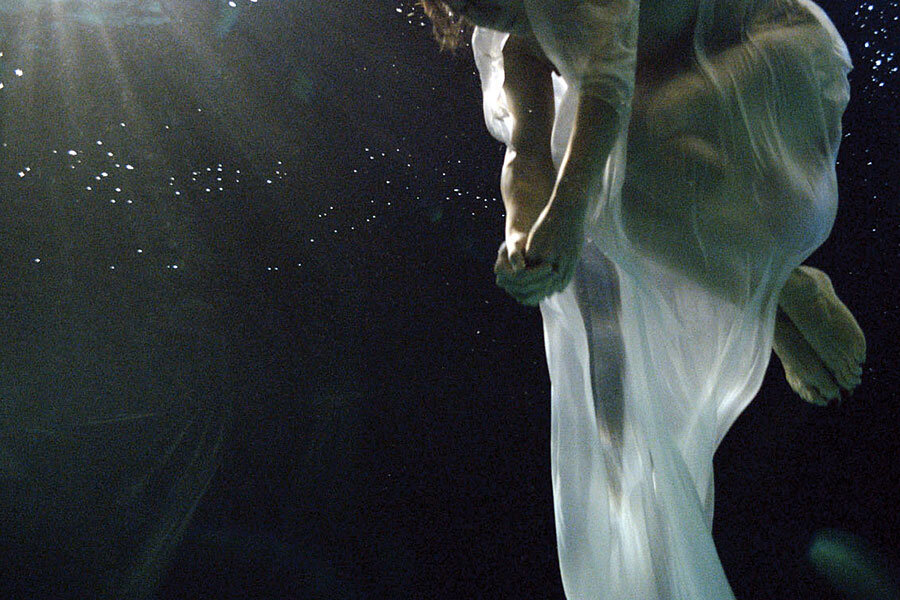Climate change conveyed through art
Loading...
It’s a questionwe usually turn to artists to answer: “What would you create to translate our culture to the world a thousand years from now?”
Rori Knudtson is putting the question to scientists in recordings that are part of a growing body of artwork addressing climate change.
When the England-based Centre for Contemporary Art and the Natural World offered to partner artists with ecology and climate experts, 655 sculptors, painters, and video, music, and installation makers from 39 countries applied for nine residencies at places such as a University of Exeter sustainability institute. The artists-in-residence produced pieces that raise awareness about humanity’s impact on nature. Their work was part of the center’s recently completed three-year exploration of soil, where climate-changing carbon is sequestered.
“There’s an increasing number of artists around the world engaged with environmental issues,” says Clive Adams, founding director of the center.
At the Artipelag in Stockholm, exhibits such as one showcasing sustainable design are hosted in a building that regulates its temperature with a heat exchange system using seawater. Glass expanses bathe galleries in natural light, cutting down on electricity use. “You have to start in your everyday life and make small changes,” says Bo Nilsson, director of Artipelag’s exhibition hall.
American artist Ms. Knudtson also hopes to spur action. The interviews she is recording inform a documentary-in-progress in which characters sailing the Arctic Ocean, where ice and snow are dwindling, create art for an audience in the future. Knudtson, working with scientists and other artists, has ambitions that include an app that would allow people to alert scientists to signs of climate change and to share ideas for reducing our carbon footprint. It takes hope to make art for the future, Knudtson acknowledges. She adds: “The paradox is, what can we possibly create when we need to save ourselves?”






